10 things you ought to know before you sink your next pint of great British beer
A foamy pint of British ale is a quintessential part of life on these shores – Nick Hammond found out how the local hops are grown which make it all possible.
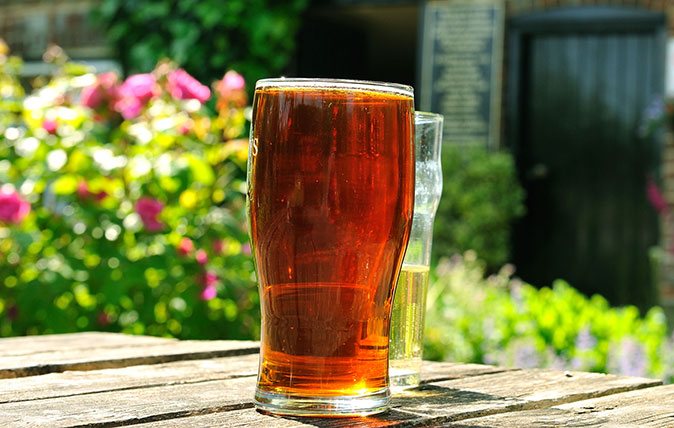

It’s a precarious business
The Worcestershire/Herefordshire border makes for a perfect hop yard – usually. However, farming is farming and nothing is certain. As with grapes in Bordeaux or peaches in Georgia, a late frost can be the difference between profit and loss.
As I stand with Ali Capper of Stocks Farm on the beautiful parcel of greenery she tends with her husband, Richard, just such a cold snap in recent days is making her shake her head in dismay.
‘It’s tough,’ she admits, eventually. ‘Really tough. It’s not looking great for our apples – we’re going to have to wait and see. It’s at times like these that farming is very hard on you mentally.’
The sharp dip in temperatures, with many of the farm’s fruit well on in the growing season, could yet have disastrous results. Now, it’s a waiting game to see if Nature can still find a way.
Thankfully for Ali, the hops grown at Stocks Farm – about 100 acres of them in total, making it one of the biggest growers in the UK – appear to have ridden out the problem a little better than the cider apples.
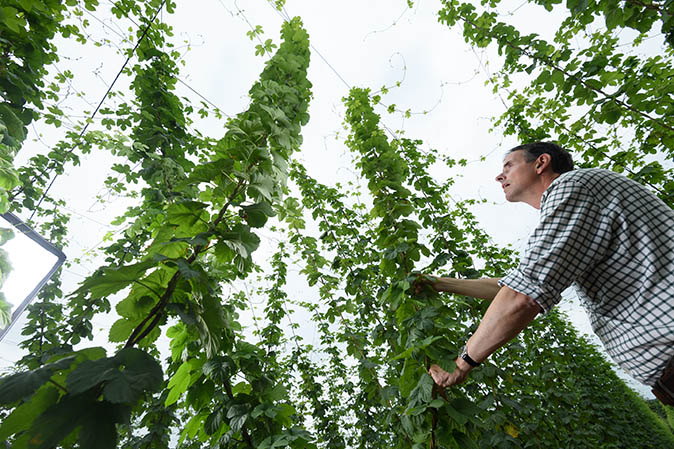
It’s intensive
Hope are an intensive crop and there’s a lot of work to be done between them being ready to pick and their product being supped down at the local.
‘Hops are perennial, so they die back in winter and begin again come spring,’ explains Ali, who’s a director of the British Hop Association and a walking encyclopedia of the crop. ‘In April, the shoots are tied onto the coir string, which we source in Sri Lanka. We have to wind each shoot onto it by hand, clockwise, unlike beans, which grow anti-clockwise. If we don’t, they’ll just fall off.
Sign up for the Country Life Newsletter
Exquisite houses, the beauty of Nature, and how to get the most from your life, straight to your inbox.
‘By the end of June, they’re hopefully at the top of the string growing strongly and, by the middle of July, they will be 19ft tall and growing laterally. The hops come into burr first, then the flower or cone develops. Three weeks later, we harvest.’
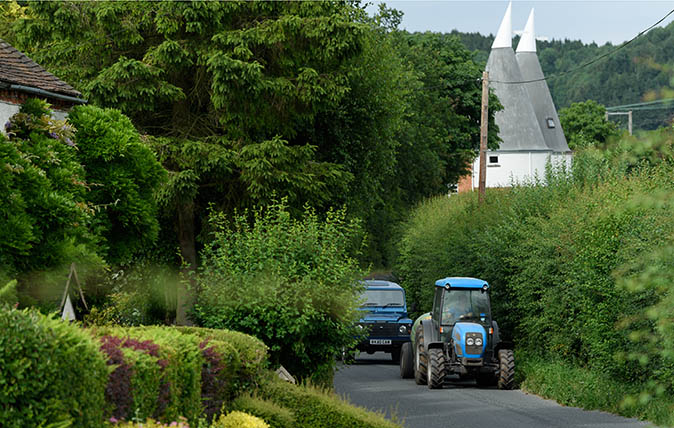
It’s all about the oils
Inside these little green cones of wonder are the precious oils that make a brewer salivate. Lupulin, the oil at the base of the cone, is responsible for many of the discernible flavours you’ll find in your favourite pint – the green, hay, fruit or citrus notes that lift a craft ale far above a mass-produced, gas-guzzling lager.
As soon as the crop is deemed ready, it’s crucial to secure these oils as quickly as possible.
It’s complicated
The tall hop plant is cut in its entirety, including the string, and taken to the picker, which will separate the cones from the bine or climbing plant, its lateral growth and leaves. These byproducts are chopped and distributed back onto apple orchards as a natural mulch and fertiliser.
Next, the hops are spread out and dried by hot air that rises from an oil-fired burner below, then bagged up and sent on to the brewery for the next transformation.
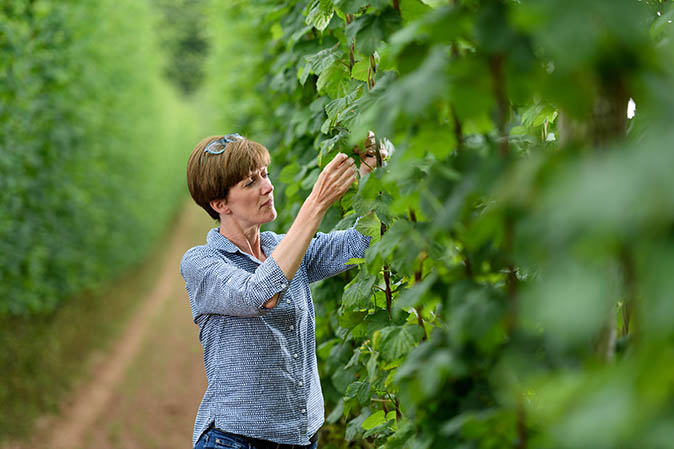
Oast houses get used for just five weeks a year
Farms across hop-growing country can be identified by their kilns or oast houses (kilns in Worcestershire and Herefordshire, oast houses in Kent), each with a distinct design and appearance. The striking example at Stocks Farm is used for just five weeks a year, but would cost in excess of £1 million to replace.
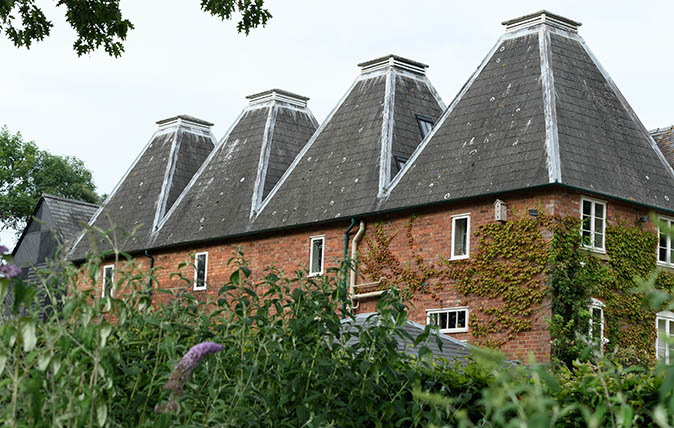
It’s frenzied
The farm looks idyllic, but it’s also a place of hard graft, worry and, at times, frenzied activity.‘We have workers living here 24 hours a day during harvest and there’s a wonderful buzz in the air,’ continues Ali, as we pass through a glorious belt of 50-year-old apple trees and down towards the small brook that runs through the farm. Appropriately, there is a buzz in the air already as myriad flying insects drone past, doing their unheralded pollination work and keeping the agricultural world turning.
It’s varied
Stocks Farm grows evocative-sounding English strains such as Phoenix, Bramling Cross, First Gold, Sovereign, Pilgrim, Endeavour and Jester. The craft-beer revolution of the past 10 years has seen a boom in the production of classic British hops, as well as a spectacular variety of new and flavoursome alternatives.
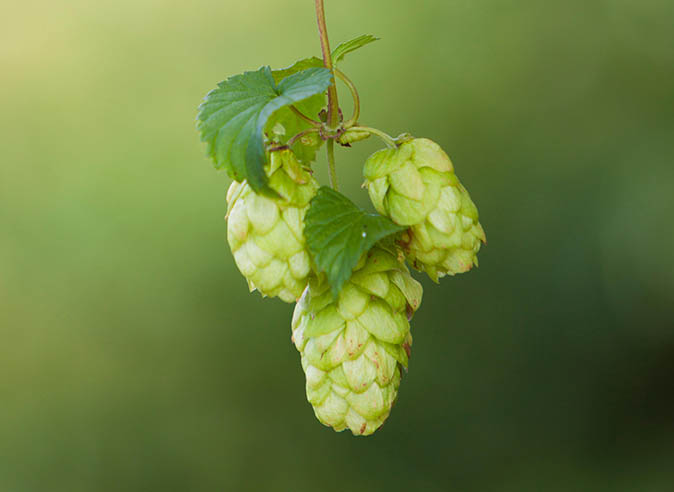
It’s not really a DIY job
If you fancy having a go yourself, you might want to think twice. Although there’s nothing to stop you growing, say, five acres of attractive hops on your smallholding, can you construct the necessary frame? Do you have access to a hop-picker and a kiln?
‘Hops grow in the wild – we often spot them in the hedgerow at the side of the road, so they really are part of our countryside,’ extols Ali over a tasty bottle of beer, made with Stocks Farm hops, back in the farmhouse kitchen. ‘More people are growing them than ever before, but it isn’t a quick and easy crop,’ she warns. ‘The drying of the cones is arguably the most important part of the process and if you can’t do this properly, you’re not going to get the best results.’
It’s modernising
Stocks Farm does a healthy business in shipping hops to home brewers and, in a wonderful example of holistic thinking, the first brewery slap bang on a hop farm opened here last year. Unity Brew House, owned and run by Sarah and Hani Saleh, has taken over an old chicken barn and turned it into the ultimate no-frills, foamy-spills brewery-cum-village bar. A range of truly excellent craft beers is made here, with hops fresher than you can imagine.
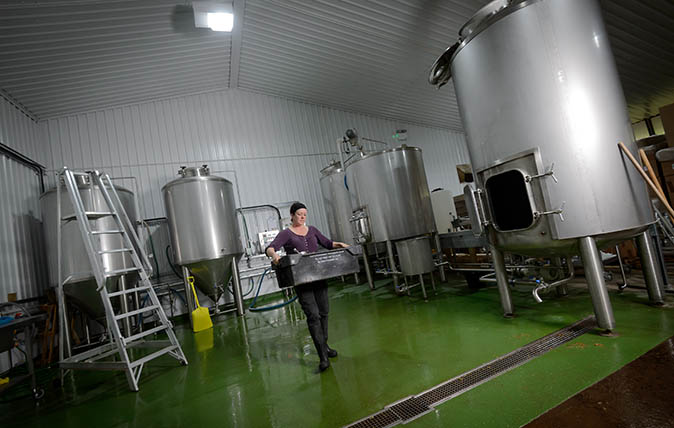
It’s here to stay
The Unity Brew House has a small bar, a licence to serve the public on Fridays and Saturdays, a rural community and an entrepreneurial spirit have combined to form something special out here - and it’s proving enormously popular.
Pop along at cocktail hour on a Friday and you might well find 100 locals – wellies and dogs amid homeward-bound office workers – supping, indulging in gossip and a Scotch egg and doing what Britons have seemingly always done: enjoying great tasting, locally brewed ale. Long live the British hop – and all those with the skills and the fortitude to grow them!
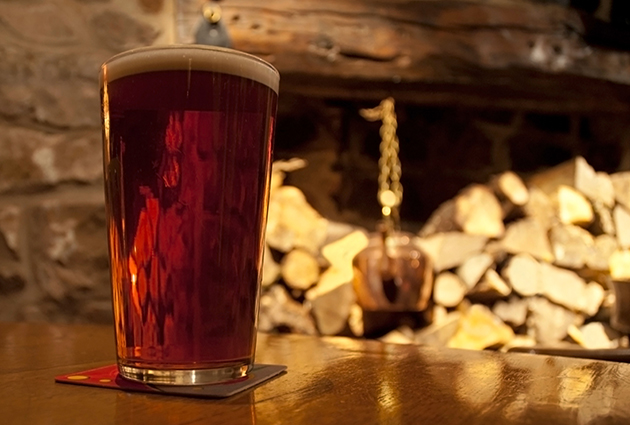
The best country pubs in England
Are any of our favourite pubs local to you?

From Drunken Ducks to Unruly Pigs: British pubs with quirky animal names
The British love animals, and we love pubs. What could be better than a combination of the two?

The Oxford Blue restaurant review: A pub that's aiming for perfection
The Oxford Blue in Windsor is aiming to nail the Michelin-starred pub formula.
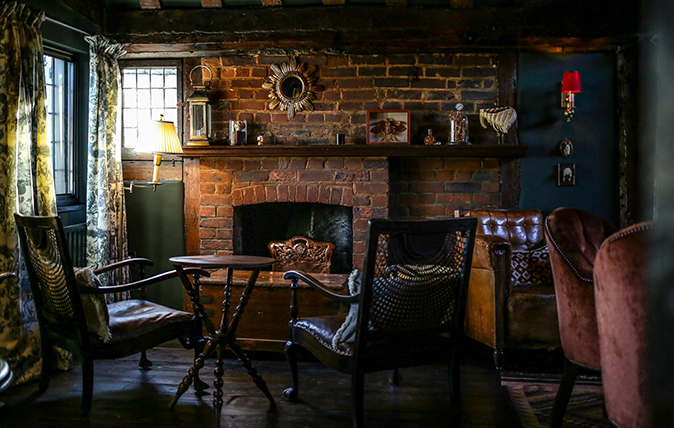
A new spin on the inn: Heston Blumenthal's redesigned Hind's Head
Increasingly, the redecoration of former pubs offers an opportunity to evoke a long-lost style of decoration.
Country Life is unlike any other magazine: the only glossy weekly on the newsstand and the only magazine that has been guest-edited by HRH The King not once, but twice. It is a celebration of modern rural life and all its diverse joys and pleasures — that was first published in Queen Victoria's Diamond Jubilee year. Our eclectic mixture of witty and informative content — from the most up-to-date property news and commentary and a coveted glimpse inside some of the UK's best houses and gardens, to gardening, the arts and interior design, written by experts in their field — still cannot be found in print or online, anywhere else.
-
 Why British designers dream up the most desirable hotels
Why British designers dream up the most desirable hotelsWhen it comes to hotel design, the Brits do it best, says Giles Kime.
By Giles Kime Published
-
 The five minute guide to 'The Great Gatsby', a century on from its publication
The five minute guide to 'The Great Gatsby', a century on from its publication'The Great Gatsby' sold poorly the year it was published, but, in the following century, it went on to become a cornerstone of world literature.
By Carla Passino Published
-
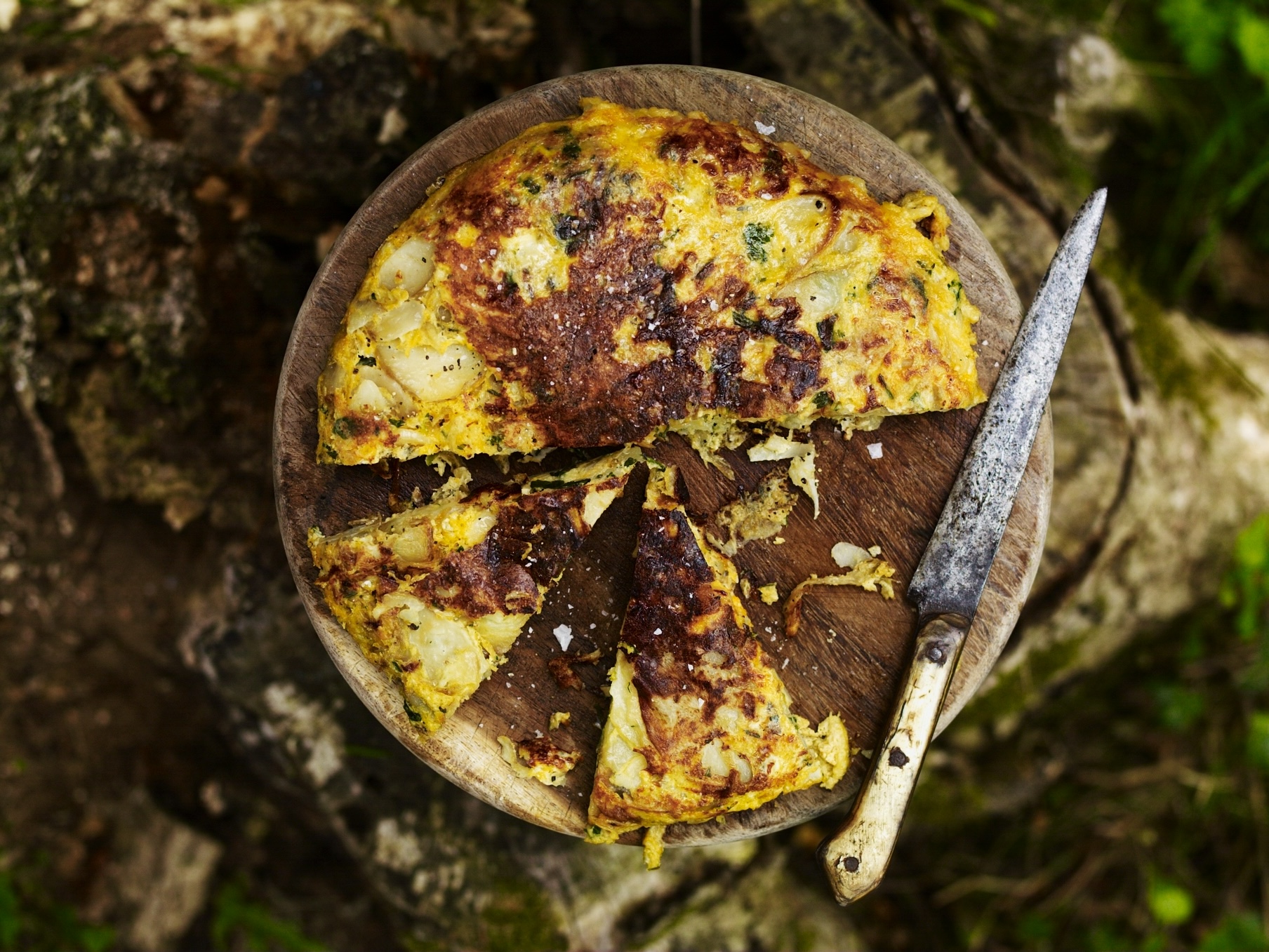 Gill Meller's recipe for a seasonal new potato omelette, with smoked garlic, onions and Cheddar cheese
Gill Meller's recipe for a seasonal new potato omelette, with smoked garlic, onions and Cheddar cheeseBy Gill Meller Published
-
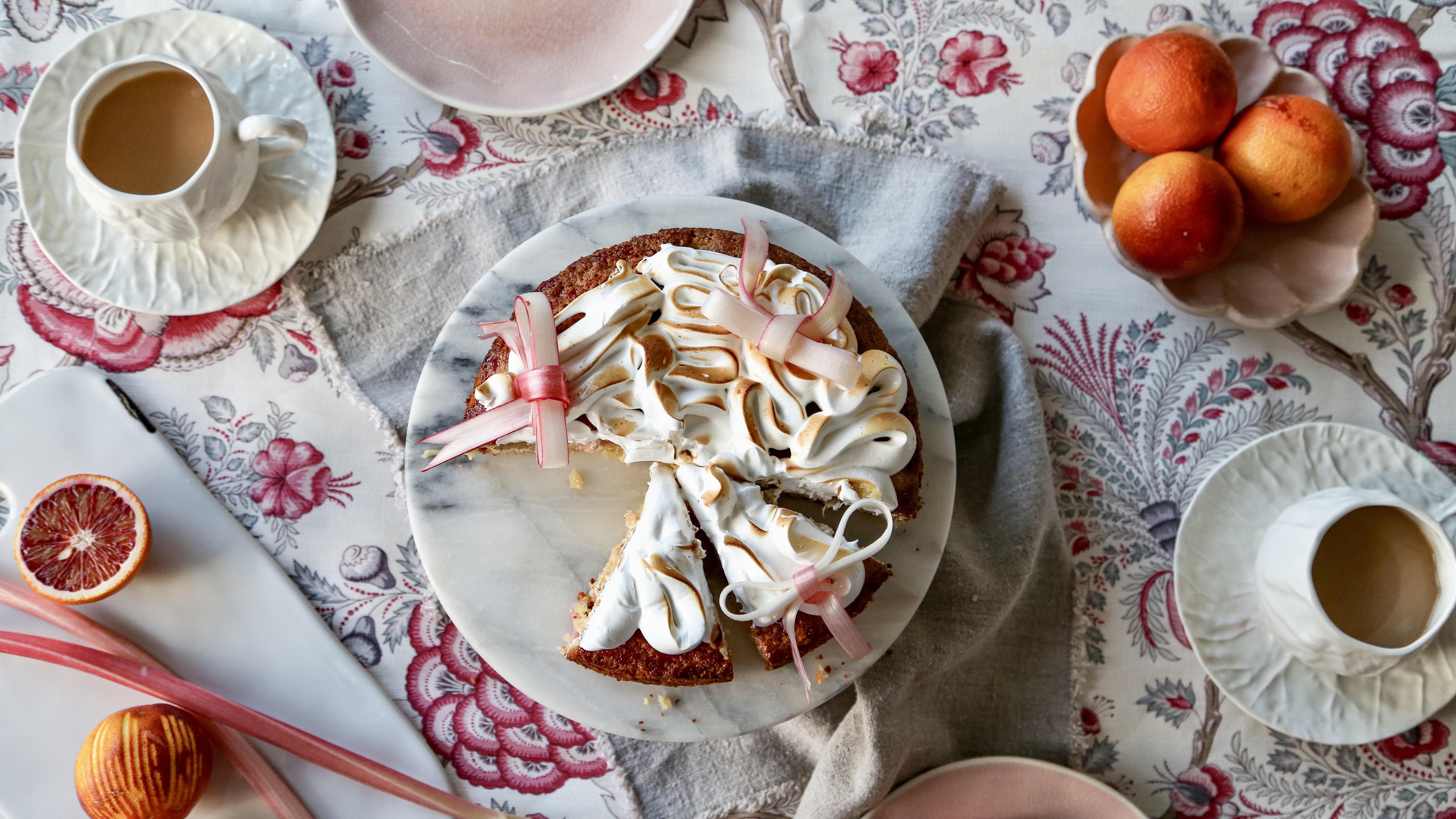 How to make a rhubarb and Swiss meringue cake that's almost too pretty to eat
How to make a rhubarb and Swiss meringue cake that's almost too pretty to eatMake the most of the last few stems of forced rhubarb.
By Melanie Johnson Published
-
 The prettiest Easter eggs for 2025
The prettiest Easter eggs for 2025Warning: Don't read if hungry.
By Rosie Paterson Published
-
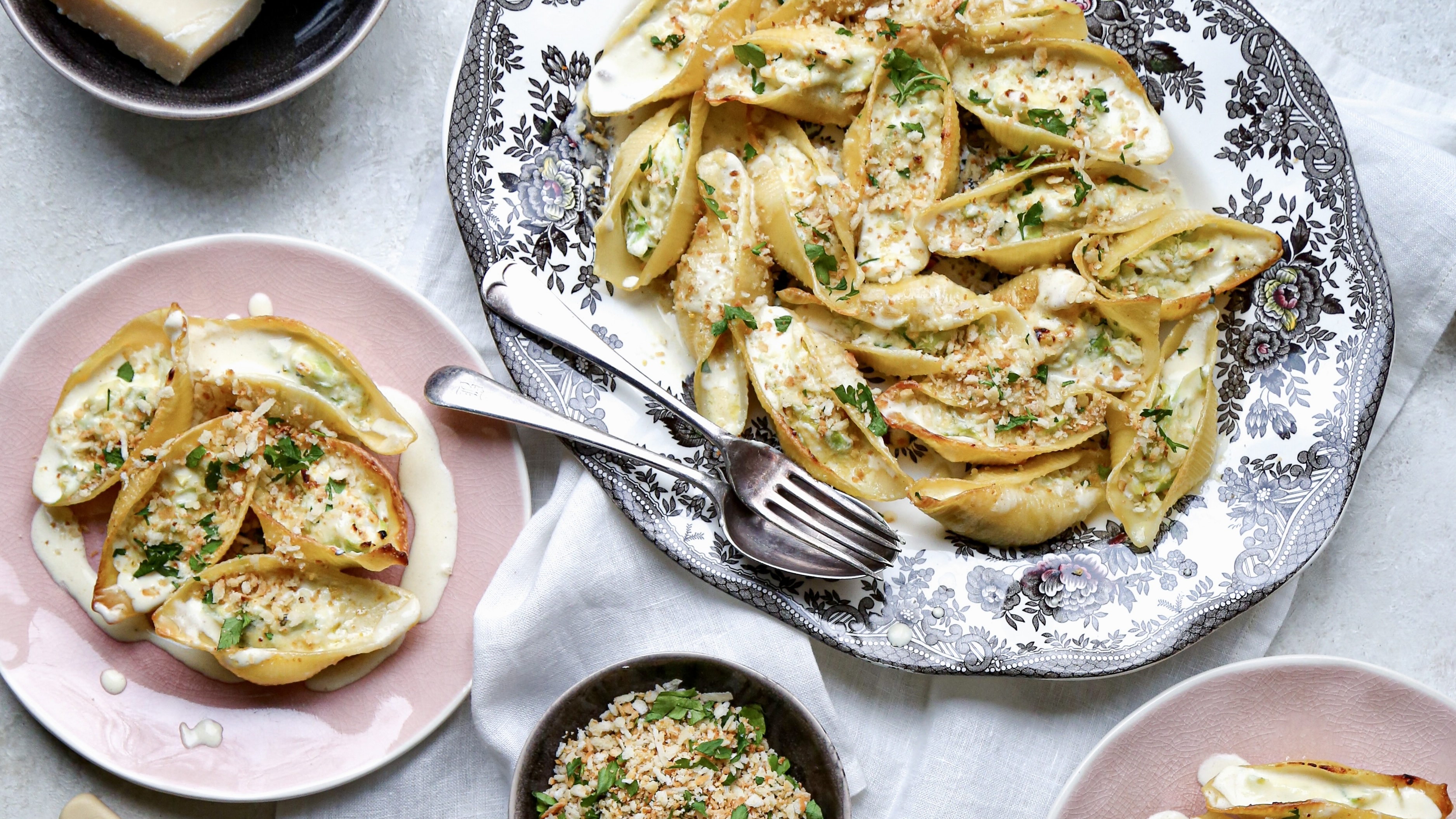 An Italian-inspired recipe for lemon-butter pasta shells with spring greens, ricotta and pangrattato
An Italian-inspired recipe for lemon-butter pasta shells with spring greens, ricotta and pangrattatoSpring greens are just about to come into their own, so our Kitchen Garden columnist reveals exactly what to do with them.
By Melanie Johnson Published
-
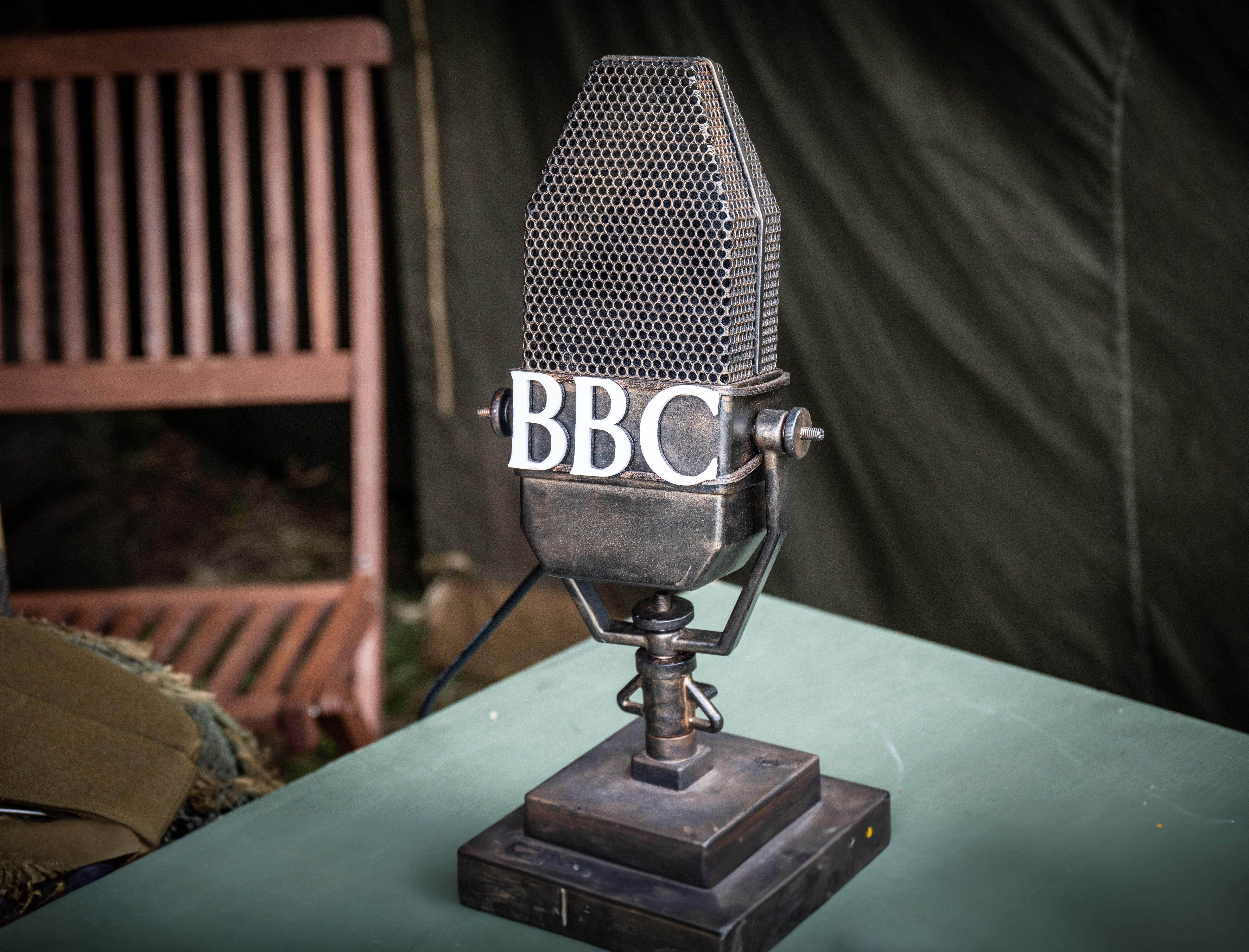 Curious Questions: What is the greatest April Fool's prank ever played?
Curious Questions: What is the greatest April Fool's prank ever played?As April 1 looms, Martin Fone tells the tale of one of the finest stunts ever pulled off.
By Martin Fone Published
-
 Tom Parker Bowles's Tour de Fromage, from creamy Camembert and spicy, pungent Époisses to the 'mighty, swaggering Roqueforts'
Tom Parker Bowles's Tour de Fromage, from creamy Camembert and spicy, pungent Époisses to the 'mighty, swaggering Roqueforts'The chef and food writer Tom Parker Bowles picks out his all-time favourite cheeses from across the Channel in France, from buxom, creamy Camembert to mighty, swaggering Roquefort.
By Tom Parker Bowles Published
-
 'For here is pure noodle nirvana': How to make Tom Parker Bowles's favourite Thai soup
'For here is pure noodle nirvana': How to make Tom Parker Bowles's favourite Thai soupThe best bit about south-eat Asian-inspired soups is the fact that you can make them entirely your own, from mellow and comforting to blow-your-head-off hot.
By Tom Parker Bowles Published
-
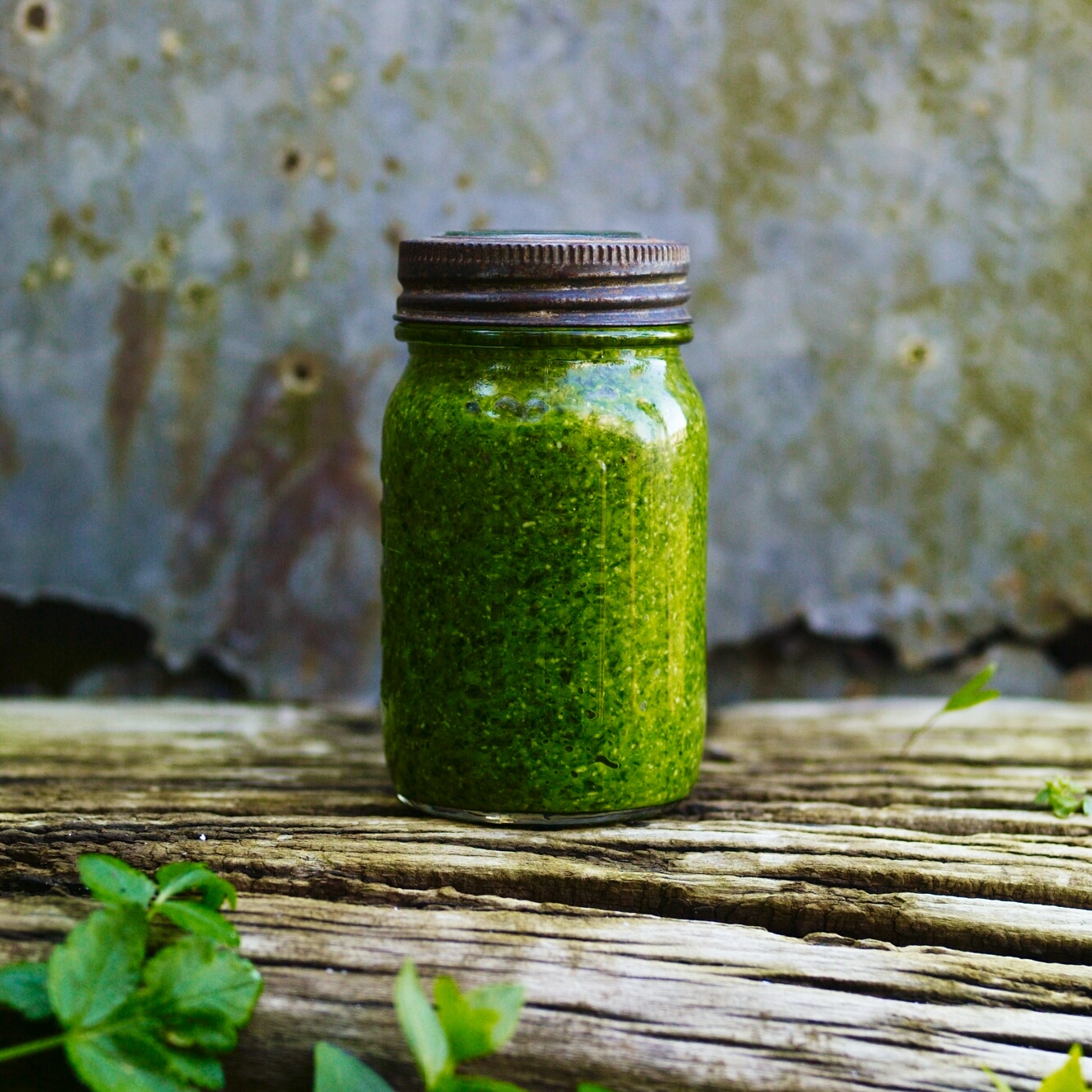 Gill Meller's recipe for wild garlic pesto
Gill Meller's recipe for wild garlic pestoThe appearance of wild garlic is a sure sign that spring is on the way. Make the most of it with this quick and easy recipe for 'intense' pesto.
By Gill Meller Published